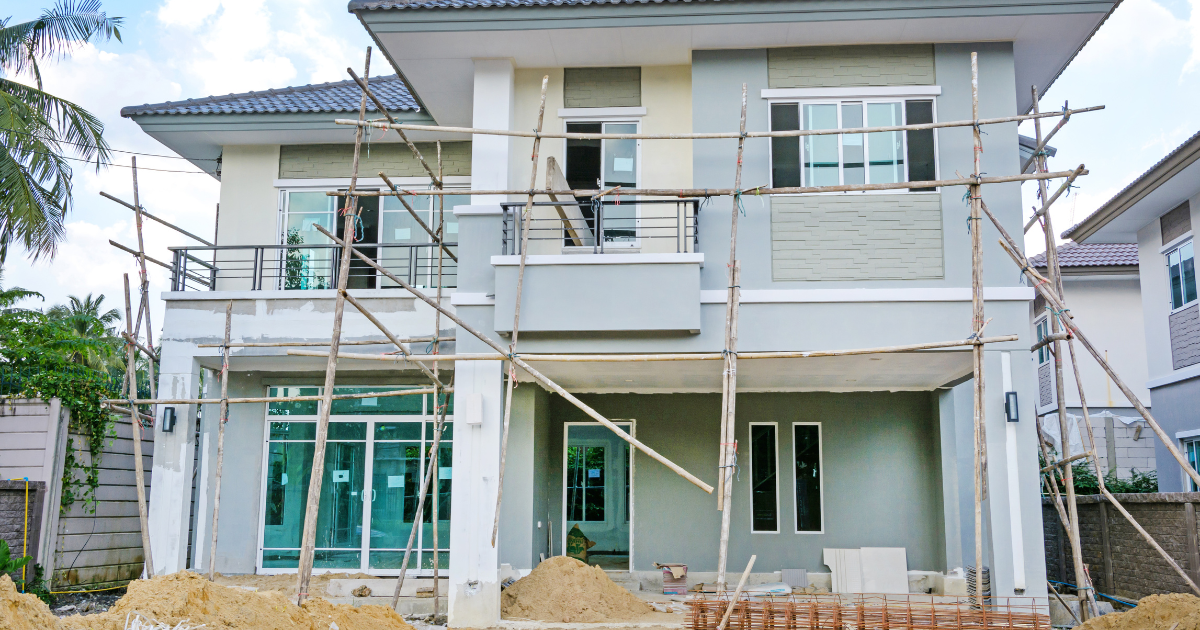Buying off-plan property in Australia has become a popular choice among homeowners and investors.
However, the unique process can seem daunting if you’re unfamiliar with the steps involved. Here’s a comprehensive guide to help you navigate this journey smoothly.
Step 1: Research and selection
Choosing the right development is the first crucial step that can make or break your investment.
Begin by researching different developments. Look for:
- Reputable developers with successful past projects.
- Consider proximity to amenities, transport, and potential for future growth.
- Review floor plans, finishes, and overall design.
Step 2: Reservation form and initial holding deposit
Once you’ve selected a property, the next step is to fill out a reservation form. This non-binding form indicates your intention to purchase and helps secure your interest in the property.
After submitting the reservation form, you’ll need to pay an initial holding deposit, typically between $1,000 and $5,000.
This deposit secures the property for you while the contract is being prepared. Ensure to keep a copy of your payment receipt for your records.
Step 3: Contract preparation and review
The developer’s solicitor will prepare the contract and send it to your solicitor or conveyancer. The contract will include detailed information such as:
- Floor plans and specifications
- Estimated completion dates
- Payment schedule
Your solicitor will review the contract to ensure it is fair and complies with legal requirements. They will explain any clauses or conditions to you, highlighting important dates and obligations.
Step 4: Signing the contracts
Once you approve the contract terms, you’ll sign it. Your solicitor will guide you through this process, ensuring all documents are correctly executed. Typically, you’ll have seven days to sign and return the contract.
After you sign, the contract is forwarded to the seller (developer) for their signature. Both parties must sign the contract for it to become legally binding.
Step 5: Cooling-off period
In most Australian states, a cooling-off period of five days applies to off-plan purchases. During this period, you can withdraw from the contract for any reason. However, be aware of any penalties that may apply if you decide to cancel.
Step 6: Paying the full deposit
Typically, a 10% deposit is required for off-plan purchases. You pay this in stages, with the initial holding deposit contributing to the total. Ensure you have funds available to complete this payment within the agreed-upon timeframe.
Your deposit is held in a trust account until settlement, providing security that your money is safe if the development does not proceed as planned.
Step 7: Finance arrangements
Securing finance for an off-plan purchase can be challenging, as settlements may be years away. Banks often provide conditional approval based on your current financial status.
Regularly update your lender on your financial situation to ensure a smooth final approval process.
Stay in close contact with your mortgage broker or bank, especially as the completion date approaches. Prepare all necessary documents and ensure you meet all lending conditions.
Step 8: Construction and updates
Stay informed about the construction progress. Developers usually provide regular updates, including milestones reached and any changes to the estimated completion date.
If possible, visit the site to see the progress first-hand. This can help you visualise the final product and address any concerns early.
At Hendrix & Hart, we’re passionate about keeping investors regularly updated on the progress of their off-plan property.
From generating your investment strategy to identifying your ideal property, and throughout the construction stage, our team will communicate the progress regularly.
Step 9: Pre-settlement inspection
Before settlement, conduct a pre-settlement inspection to ensure the property meets the agreed-upon specifications. Check for defects or incomplete work and report any issues to the developer promptly.
Step 10: Settlement
Finally, the settlement of your investment property occurs in two phases:
- The building is completed, and you receive a certificate of occupancy.
- Once the title is registered, you’ll finalise the payment and legally take ownership.
Ensure your finances are for the final payment. Coordinate with your solicitor, lender, and developer to facilitate a smooth settlement process.
*The information provided in this blog is intended for educational purposes and does not take individual circumstances into consideration. For personalised advice and information, please contact us directly.


